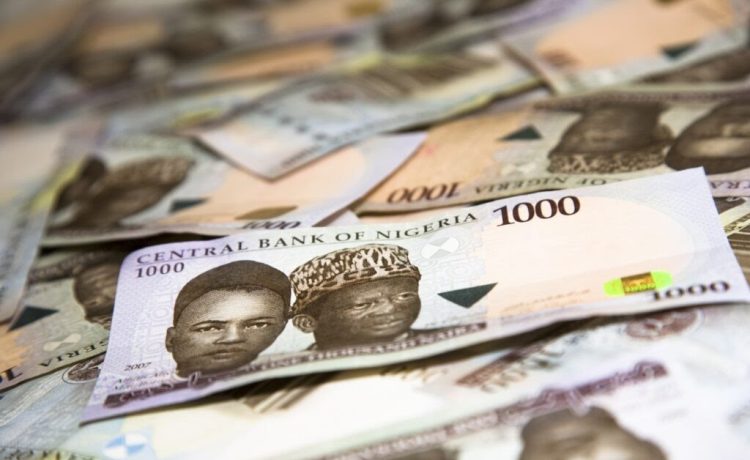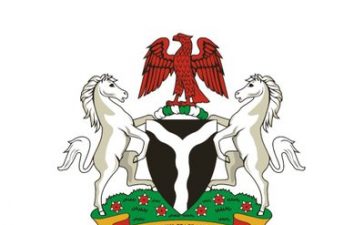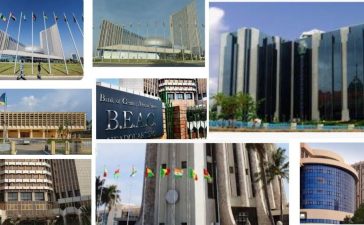Nigeria’s Money Supply Declines in February 2025
Nigeria’s money supply recorded its first decline in 2025, falling to N110.32 trillion in February from N110.94 trillion in January, according to data from the Central Bank of Nigeria (CBN). The 0.56% month-on-month decrease comes as the apex bank continues its efforts to manage liquidity in the economy, following signals of monetary tightening and foreign exchange adjustments.
Money Supply Still Higher Than Last Year
Despite the decline, February’s money supply remains significantly higher than in February 2024, when it stood at N95.56 trillion. This reflects a 15.45% year-on-year increase, indicating continued growth in the country’s monetary dynamics.
Impact of Foreign Reserves and Domestic Credit
The drop in money supply in February was influenced by changes in both foreign reserves and domestic credit. A closer look reveals that net foreign assets decreased by 8.62%, falling to N32.34 trillion in February from N35.39 trillion in January. This decline, over N3 trillion, is likely related to lower external reserves or increased foreign exchange interventions by the CBN to stabilize the naira.
Domestic Credit Expansion Continues
In contrast, net domestic assets rose by 3.21%, increasing from N75.55 trillion in January to N77.97 trillion in February. This suggests continued credit expansion within the local economy. Year-on-year, net foreign assets saw a sharp rise of over 337%, up from N7.41 trillion in February 2024. This increase highlights the effects of exchange rate reforms and greater foreign inflows.
Broad and Narrow Money Supply Trends
The broad money supply (M3) saw a slight decrease in February, dropping to N110.31 trillion from N110.93 trillion in January. This 0.56% decline mirrors the trend in M3, but on a yearly basis, M2 (a measure of broad money) rose by 17.39%, up from N93.97 trillion in February 2024.
Meanwhile, narrow money supply, which includes currency in circulation and demand deposits, increased by 2.18%. It rose to N37.57 trillion from N36.77 trillion in January. This marks a 24.07% year-on-year growth, up from N30.28 trillion in February 2024, likely driven by higher transactional demand for cash amid inflation and currency volatility.
Shifting Liquidity Structure
The slight decline in overall money supply, despite the growth in narrow money and net domestic assets, suggests a shift in liquidity structure. The drop in net foreign assets impacted M3, even though domestic credit conditions remain stable. The surge in foreign assets observed last year seems to be leveling off, possibly due to stabilizing inflows or the CBN’s actions in the foreign exchange market.
A Room for Policy Adjustment?
With inflation still high and the naira showing signs of stability, the decrease in money supply in February might give the CBN some room to fine-tune its policy tools in the coming months. As the economy adjusts, these shifts in money supply will likely play a crucial role in shaping Nigeria’s monetary and fiscal policy strategies.






